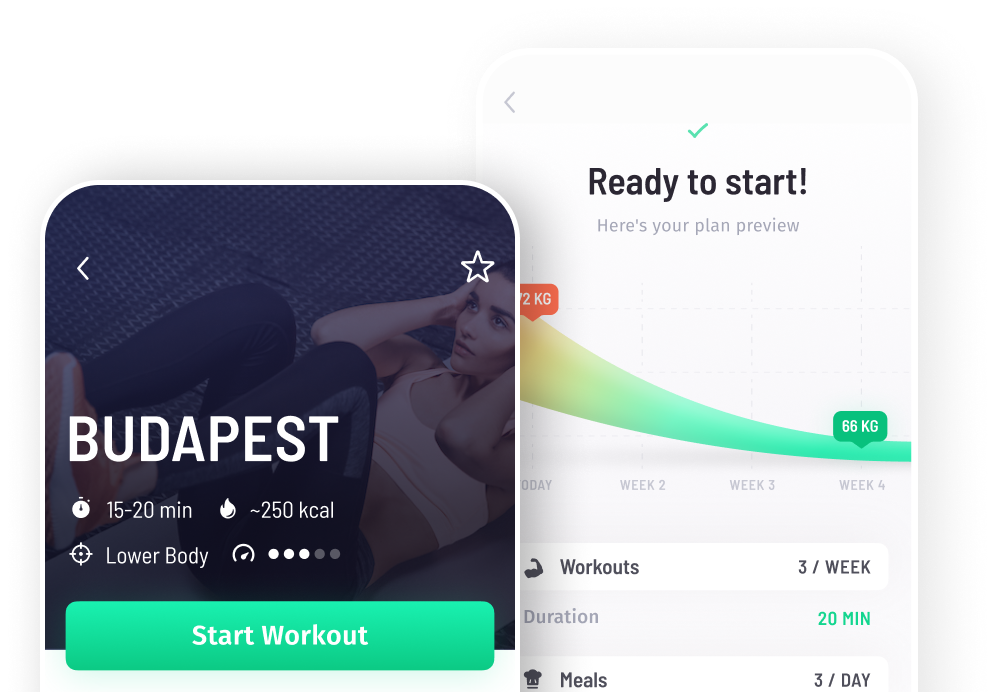Known as the 'sunshine vitamin,' vitamin D is produced naturally by the body when the skin is exposed to the sunlight. But how can we top up during those long winter months? Here are some of the best healthy foods for vitamin D.
Why is Vitamin D so Important?
It is estimated that about half of the world's population might not get enough sun exposure to satisfy their body's need for vitamin D adequately. Therefore, we must increase our intake of vitamin D rich foods. Vitamin D is essential or the body to utilize calcium effectively—the two work in synergy in your body. Both of these nutrients are crucial for healthy bones and teeth. You should aim for a daily intake of 800 IU (20 mcg) of vitamin D from food sources, or 1000 IU (25 mcg) if you do not see much sunlight.
Foods Rich in Calcium and Vitamin D
1: Oily Fish
Fish such as herring, mackerel, and salmon are some of the best foods for vitamin d. They contain between 170 - 1000 IU per serving. The amount is dependent upon the type of fish and whether it is wild or farmed. Wild-caught fish contain higher levels of nutrients in general than farmed fish.
2: Mushrooms
Wild mushrooms are the best plant-based food source of vitamin D, aside from fortified foods. A 3.5oz (100 gram) portion of wild mushrooms can contain as much as 2300 IU, almost three times the RDI. Beware of commercially grown mushrooms, though. Like human beings, mushrooms need sunlight to produce vitamin D, and often these plants are grown in the dark.
3: Eggs
Eggs are an excellent vegetarian source of vitamin D, specifically the yolks. Again, the level of vitamin D in the egg yolk is dependent on sunlight. If the chicken was factory-farmed and kept in the dark, the egg will not have much vitamin D. But, if you can source truly free-range eggs from chickens that are allowed to be outside, on average, you can expect to receive 37 IU vitamin D per egg.
4: Fortified Foods
Because we have such varied diets and lifestyles these days, manufacturers produce vitamin-fortified food and beverages. These include plant milk such as soy, almond, and rice, oatmeal, orange juice, and many types of breakfast cereal. Look at the nutritional information panel for the level of vitamin D per serving.
Final Thoughts
We must get 800-1000 IU vitamin D per day from our food to avoid the health risks associated with vitamin D deficiency, such as rickets in children and brittle or soft bones in adults. Consuming foods known to be high in vitamin D is the best way to ensure we are getting enough of the sunshine vitamin.
Photo of Jill Wellington da Pixabay
Did you enjoy this article? Share it!


